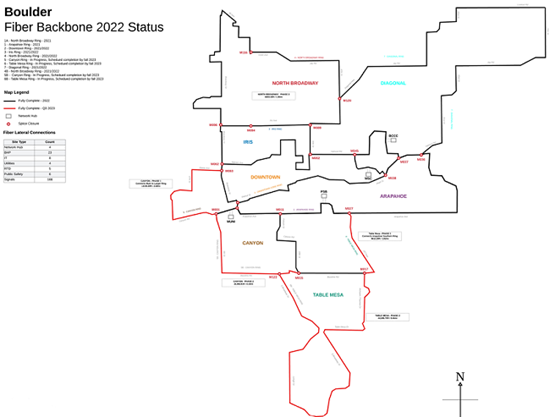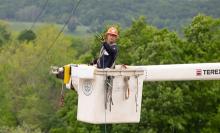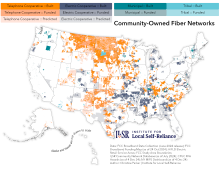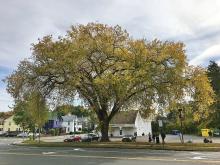Boulder Strikes $9 Million Broadband Deal With ALLO
The Boulder, Colorado city council has voted unanimously (9-0) in favor of striking a $9 million deal with Nebraska based ALLO Communications that should ultimately provide fast fiber access to most of the city’s 330,000 residents.
The particulars of the agreement involve ALLO leasing part of the city’s fiber network as part of a 20 year agreement. ALLO will pay Boulder a $1.5 million upfront lease payment and provide the city $2.25 per residential and $9 per business customer per month plus 1.5 percent of revenue from any wholesale lease. The total deal is estimated to be worth $9 million to the city.

“This achievement stems from a 2018 decision by the City Council to construct a citywide fiber backbone,” city officials said of the deal. “This forward-thinking initiative secured the city's future ability to support various broadband business models, ensuring long-term flexibility and growth in digital infrastructure.”
As per the deal, ALLO will provide broadband service to 80 percent of the city by 2028 and 97 percent of the city by 2030.
ALLO currently provides broadband access to more than 1.2 million customers throughout Colorado, Nebraska, Arizona, and Missouri.
In deployed markets, ALLO offers locals two tiers of fiber service: symmetrical one gigabit per second (1 Gbps) for $98 a month, and symmetrical 2.3 Gbps service for $126 a month.


















